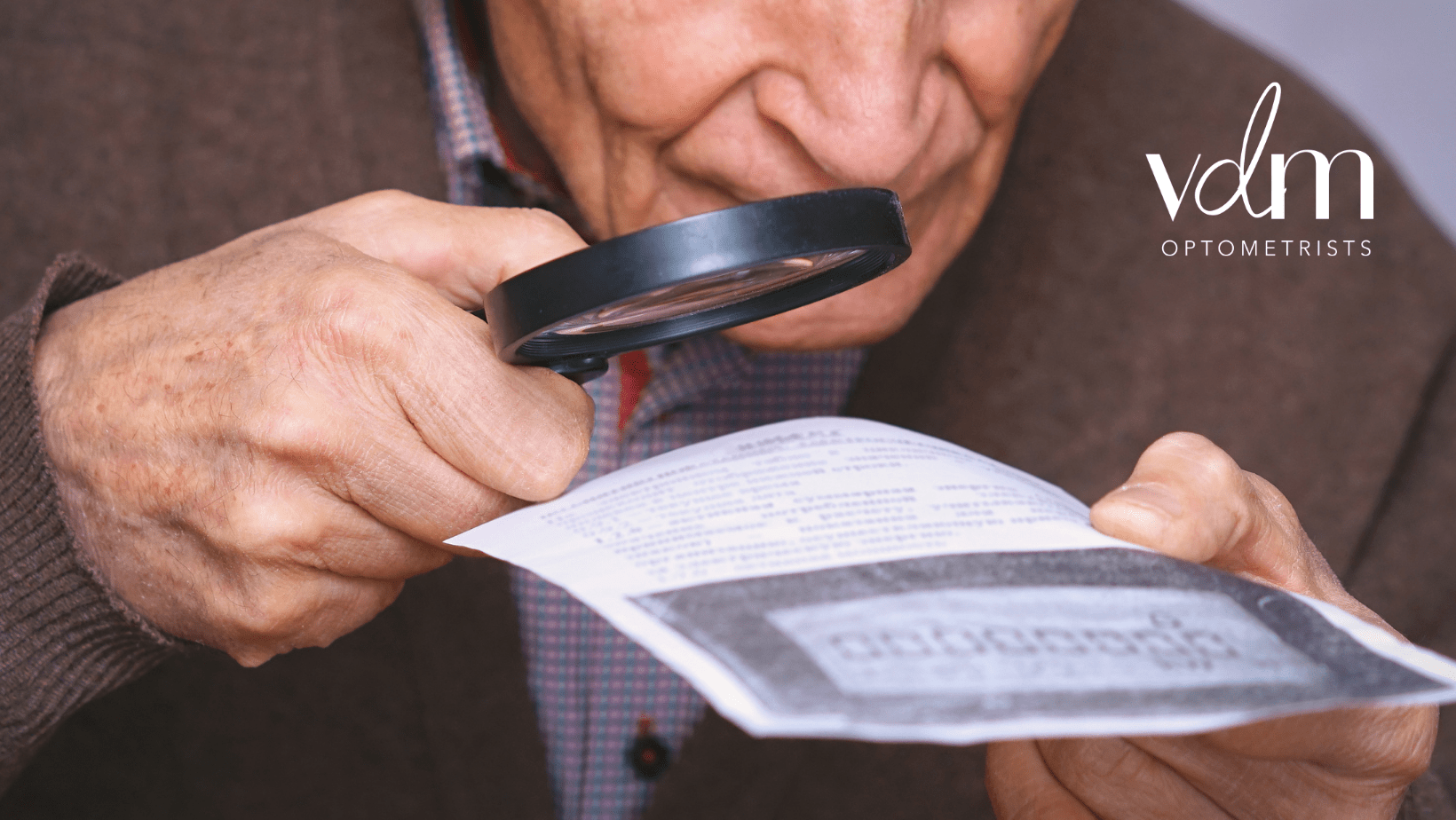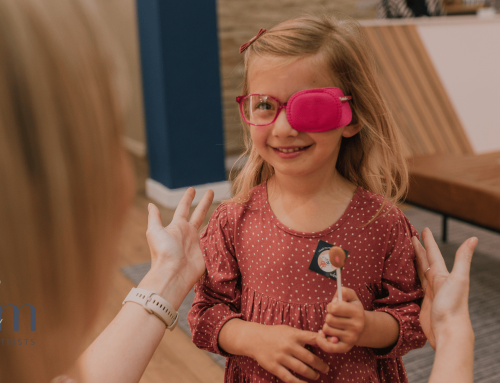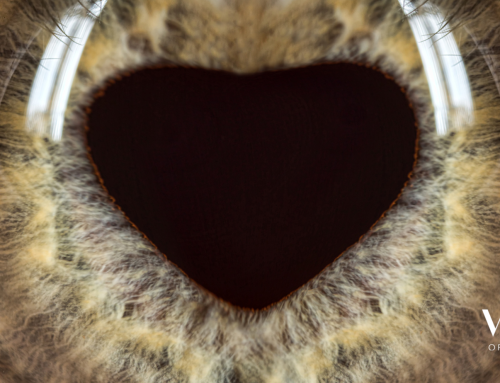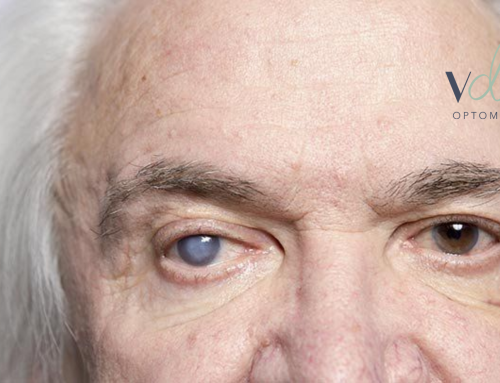What is Low vision?
Low vision refers to a vision problem that makes it hard to do everyday activities.
It is vision loss that can’t be corrected with glasses, contacts or surgery. It isn’t blindness as limited sight remains.
A person with low vision must learn to adjust to it.
The good news: There are many ways to help so that people with low vision can continue to do things that are important to them. Losing vision does not mean giving up activities, but it may mean learning new ways to do them.
You may have low vision if you can’t see well enough to see or do the following things:
- Read
- Drive
- Tell colors apart
- Can’t recognise faces
- See your television or computer screen clearly
- Shopping
So what causes low vision?
Many eye disease can cause low vision, these includes:
- Diabetes
- Glaucoma
- Age-related macular degeneration
- Retinitis Pigmentosa
- Eye injuries
Eye diseases are more common in older people. However, normal ageing of the eye does not lead to low vision. Because seeing involves both the eye and the brain, diseases that affect the brain, such as strokes, also can lead to low vision.
A Child can also suffer from low vision. Low vision in a child can be caused by some of the same conditions as in adults. But there are other possible causes of childhood low vision like: Congenital cataracts and Retinopathy of prematurity.
What are the types of low vision or vision loss?
The type of low vision that you have depends on the disease or condition that caused your low vision. The most common types of low vision are:
- Central vision loss(not being able to see things in the centre of your vision). This type of vision loss can because by diseases that effects your macula, like macular degeneration.
- Peripheral vision loss (not being able to see things out of the corners of your eyes). Glaucoma or retinitis pigmentosa often affect peripheral vision first.
- Contrast sensitivity, This is the ability to distinguish between objects of similar tones like milk in a white cup or to distinguish facial features. Most eye problems can decrease contrast sensitivity.
- Blurry or hazy vision
I have low vision, so what now?…
First, your Optometrist will do a complete low vision assessment of your remaining vision. This assessment is different than your normal eye examination as it is not focused on diagnosing or treating eye disease, but rather on helping you find ways to continue to do tasks despite the vision loss. The Optometrist will assess additional aspects of how your eyes function, how you accomplish tasks and what your goals are. They will help you learn new ways to use your remaining vision or new strategies to complete everyday tasks and maintain your quality of life. May give you new glasses, magnifiers or electronic devices the help you achieve your goals, and also be able to show tips and tricks to help with everyday activities you might be struggling with.
Low vision devices
You get optical and non-optical devices that can help you with your everyday task. Here are a few examples your optometrist will discuss with you:
Optical:
-
Stand magnifiers
-
Hand magnifiers
-
Special spectacles
-
Telescopes
Non-optical devices
-
Large-print books, newspapers, playing cards
-
Audio books
-
magnifying mirrors
-
clipboards
-
Extra lightning
Unfortunately, low vision is normally permanent, but with a little help from an expert you can find ways to use your remaining vision to do the things that you love to do and so keep your independents.






